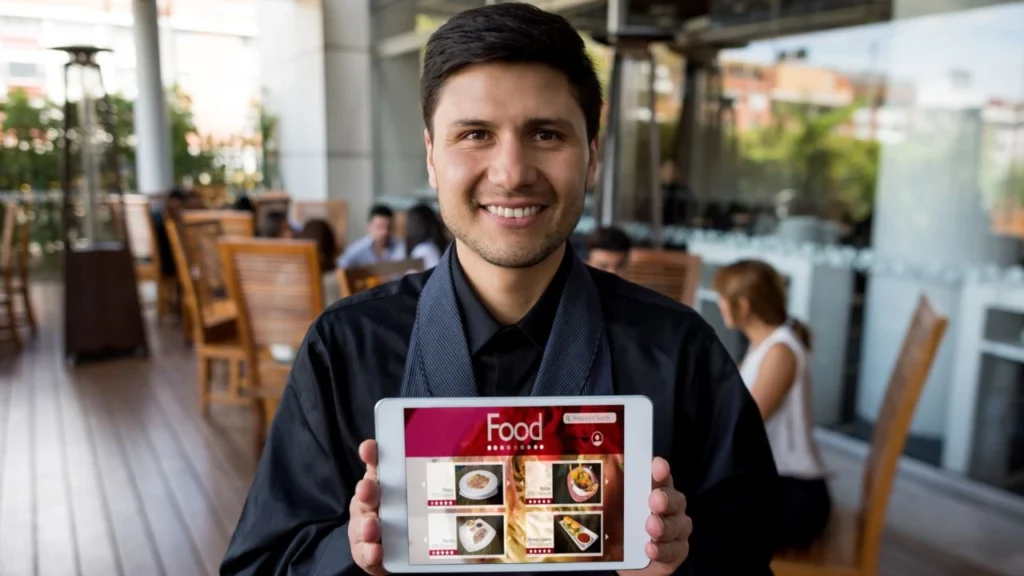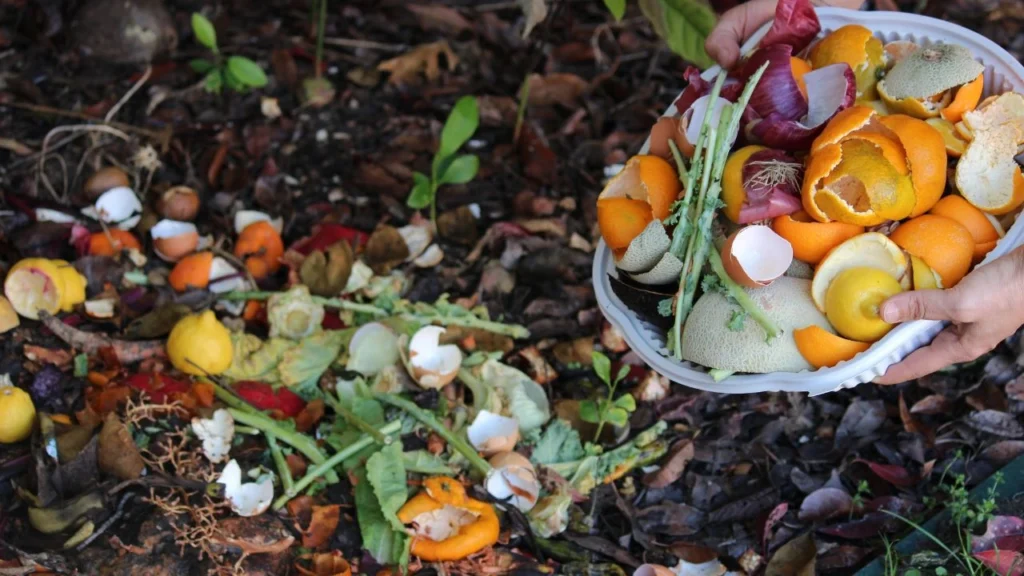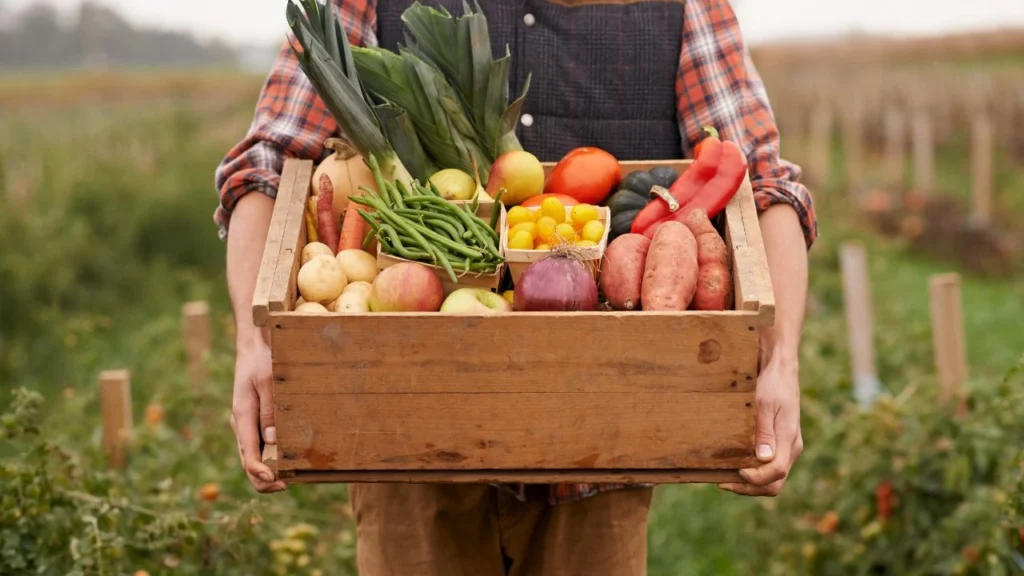The restaurant industry continues to change quickly, with technology, sustainability, and personalization leading current trends. Here’s our forecast of the most influential dining changes for 2025 that restaurant owners, chefs, and food enthusiasts should watch.
1. Digital Systems Help Restaurant Operations
Technology is now central to restaurant operations, not just an optional addition.
Restaurant owners find that digital ordering systems satisfy tech-using customers while making kitchen work more organized. Contactless payments have become standard, making the payment process quick and simple.
“Data collection tools improve order accuracy and help restaurants create custom experiences for each guest.”
Forward-thinking restaurants use computers to track customer preferences and create suggestions. These systems directly improve customer happiness and operational efficiency.
What makes this work:
- Online systems that improve service while needing less staff training
- Digital menus and tracking that help allocate resources better
- Software that appeals to many different customers
Restaurants seeing the best results create teamwork between technology providers and kitchen staff to find practical innovations.
2. Green Practices Make Dining More Responsible
Environmental responsibility in restaurants is now expected—customers increasingly choose places that care about their environmental impact.

This goes beyond using paper straws. Leading restaurants now take complete approaches:
- Making seasonal menus with locally-grown ingredients
- Using planned waste reduction methods
- Working directly with local farmers for fresh produce
Research shows today’s customers prefer restaurants showing environmental care, with higher satisfaction at places committed to green methods.
Restaurant managers find that environmental practices benefit both the planet and their business. As one industry leader stated:
“The increase in customers we’ve seen since starting our green programs shows that sustainability is also good for profits.”
3. Frylow Oil Device Helps Kitchen Economics
The Frylow Fry-Oil Device offers a practical solution for balancing taste with health considerations in 2025 kitchens.

This device addresses several challenges at once:
- Longer oil use: Makes frying oil last twice as long
- Healthier food: Cuts calories in fried foods by 30-50%
- Consistent flavor: Keeps food tasting good while being healthier
For restaurant owners watching costs, it’s simple math: longer-lasting oil saves money. Meanwhile, health-focused customers can enjoy fried foods with fewer health concerns.
Smart managers schedule regular checks and monitoring to get the most benefits, saving money through better oil use while offering healthier menu items. Get your FREE Cost Savings Estimate and Qualify for a No Obligation, No Cost Trial of Frylow.
4. Digital Menus Become Common
Paper menus are becoming outdated as interactive ordering systems become normal in 2025’s restaurants.

What started as a pandemic need has become a valuable customer tool. Today’s digital menus:
- Combine traditional service with new technology
- Create better ordering methods that match customer wants
- Provide useful data about visit patterns and popular items
These systems change how restaurants understand their customers.
“Our digital menu system has changed how we connect with guests. We can now adjust promotions based on customer data we never had before.”
The most successful uses find the right mix of traditional recipes and technology that makes ordering fun while increasing both satisfaction and sales.
5. Custom Dining Options: More Than Just Food
In 2025, eating out includes both the food and the story around it.

The numbers are clear:
- 90% of diners choose places committed to environmental practices
- 83% of customers actively look for nutritious menu options
- 75% of younger diners customize their orders to make them special
Leading restaurants respond with chef demonstrations, themed dining events, and custom digital menus that update instantly. This approach has created a 38% increase in unique dining visits.
What’s notable for restaurant owners: 70% of customers willingly pay more for meals served in eco-friendly settings. This combination of personalization and sustainability creates strong opportunities for growth.
The most successful places create story-focused experiences where each dish has meaning, creating stronger connections between diners and restaurants.
6. No-Waste Kitchens: Better Use of Resources
The no-waste kitchen concept is gaining attention in 2025, driven by both environmental concerns and business benefits. Zero-waste restaurant solutions for restaurants are becoming an essential approach, offering a comprehensive set of alternative methods to reduce waste and increase efficiency in the kitchen.

Innovative restaurants like Silo in London lead this change, turning food scraps into compost and finding ways to reuse leftover ingredients.
The benefits go beyond feeling good about helping the environment:
- Shorter supply chains reduce transportation costs
- Local supplier networks provide fresher ingredients
- Less food waste directly lowers operating costs
Helpful methods include:
- Tracking waste amounts daily
- Turning leftovers into new dishes
- Using digital tools for waste management
Forward-thinking chefs find that using every ingredient fully is both environmentally sound and financially smart.
7. Local Food Programs: Better Connections with Producers
The farm-to-table idea has become more advanced in 2025. Local food programs take the concept further by adding technology and new methods.

This includes:
- Combining traditional food preparation methods with modern cooking techniques
- Using technology to guide diners through meal stories
- Finding ways to use every part of produce to reduce waste
Local supply chains grow stronger as restaurants get high-quality organic goods from community farms, while data helps set menus based on what’s available seasonally.
“The most successful restaurants in 2025 balance tradition and new ideas—respecting classic techniques while using new tools that improve the overall dining experience.”
8. AI Restaurant Helpers: Kitchen to Table Support
Artificial Intelligence is creating basic changes in how restaurants operate in 2025. From kitchen prep to customer service, AI systems now handle tasks that once required many staff members.

Restaurant AI now takes many forms:
- Kitchen assistants that monitor cooking temperatures and times
- Inventory systems that automatically order supplies when stocks run low
- Customer service bots that handle reservations and answer common questions
- Menu planning tools that analyze food costs and suggest profitable dishes
What makes these systems useful is their ability to learn and adjust. Modern restaurant AI studies customer likes, monitors food waste patterns, and changes suggestions based on past results.
“The best thing about our kitchen AI is that it keeps getting better. It learns from our chefs’ adjustments and now suggests modifications that improve both taste and efficiency.”
The money savings are clear. Restaurants using AI report:
- 22% reduction in food waste
- 15% improvement in staff productivity
- 18% increase in customer satisfaction
Industry experts see AI becoming essential for restaurant success in the coming years:
“In 2025, AI will become an essential tool for restaurants striving to do more with fewer resources. The key will be using AI strategically to uncover revenue opportunities, streamline operations, and better understand guest behavior—without compromising the human touch that defines hospitality. We’re committed to developing ‘invisible’ technology that supports operators in delivering an exceptional guest experience, making AI a quiet but powerful force for profitability.” – Bryan Solar, Chief Product Officer at SpotOn restaurant trends
Most restaurants start with one AI application and gradually add more as they see results. The systems work together, creating a connected restaurant where information moves from reservation to kitchen to table service.
Smart restaurant managers choose AI systems that fit their needs rather than trying to automate everything at once. This careful approach works better and meets less staff resistance.
What’s Next for Restaurant Changes?
As these shifts continue to affect dining, one thing is clear: the restaurants that succeed will be those using both technology and sustainability while staying focused on the basics—good food and memorable meals.# 8 Restaurant Changes Reshaping Dining in 2025 The restaurant industry continues to shift, with technology, sustainability, and personalization leading current patterns. Here’s our list of the most useful dining changes for 2025 that restaurant owners, chefs, and food fans should watch.








